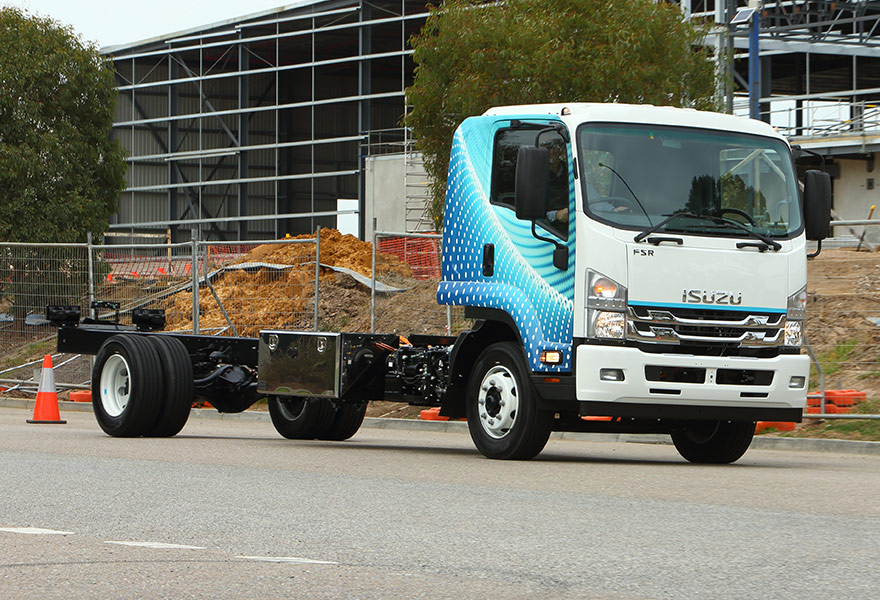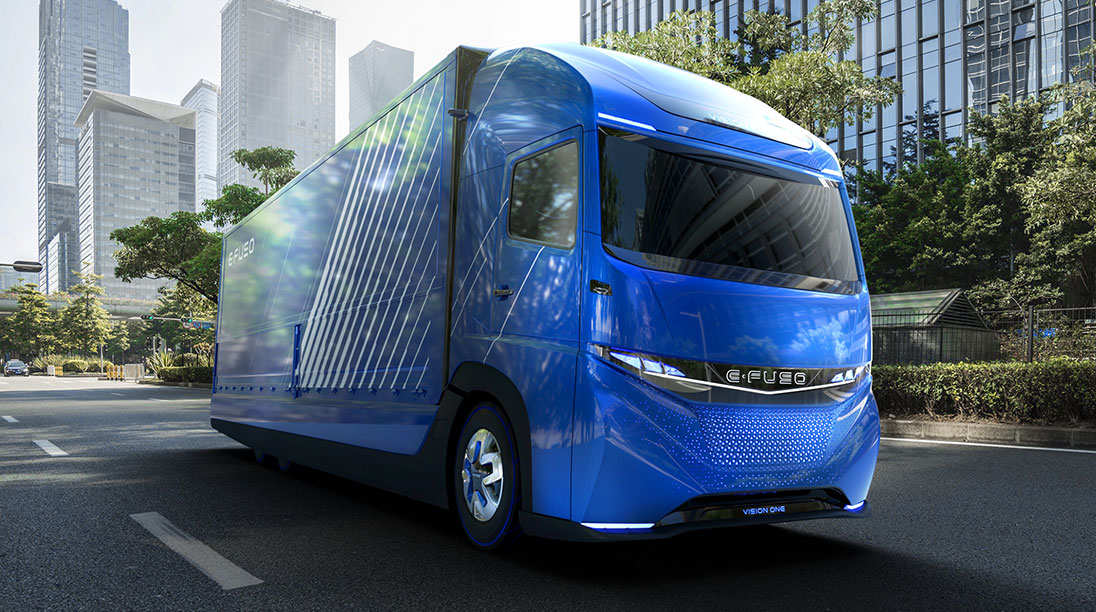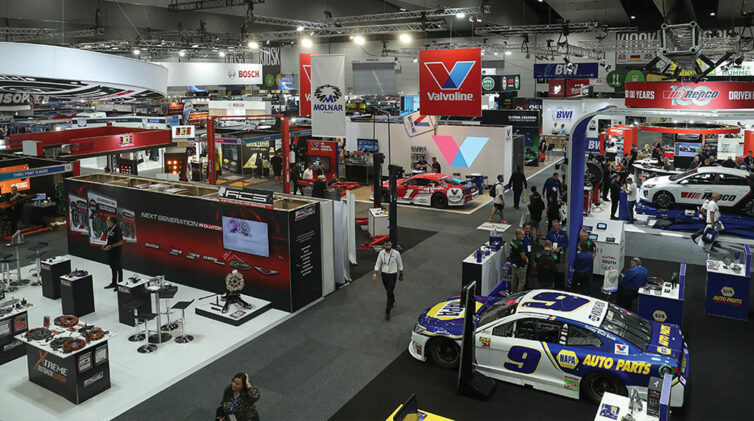Aside from the potential health benefits that would accompany the introduction of zero-emission urban EV trucking fleets, the move to electric trucks is seen to be of critical economic and national importance because it affects other industries including wholesale trade, construction, retail and agriculture.
The proposal to establish the guidelines comes from the Australian Trucking Association (ATA) and the Electric Vehicle Council (EVC).
In an Australian first, the EVC and ATA collaborated to develop the policies necessary to drive Australian trucking into what they term “a bright electric future”.
“Electrification would assist trucking businesses and supply chains by ending volatile diesel costs, reducing maintenance costs, improving urban efficiency, and delivering better conditions for truck drivers,” the statement supporting the recommendations said.
“However, Australia currently lags most of the world in the electrification of trucks making the need for reform urgent. Of the 58 electric truck models available in North America, Europe, and China only 14 are available to the Australian market.”
Key recommendations from the new EVC/ATA policy agreement include exempting electric trucks from urban curfews, changing Australian weight and width limits to accommodate batteries, and exempting electric trucks from stamp duty. (Full list of recommendations below).
The recommendations were formed from workshops attended by more than 50 participants from organisations including truck manufacturers, fleet operators and charging and infrastructure companies.
The report said there were many misconceptions about the trucking industry in Australia. It said small and family businesses make up almost 98 per cent of all trucking operators and 70 per cent have only one truck.
Australia’s truck fleet has about 500,000 rigid trucks and 100,000 articulated trucks, with about 66 per cent of rigid duties in urban areas and 33 per cent of freight is carried by articulated trucks in non-urban areas.
Diesel is the most significant cost of a trucking business, with fuel representing about 20 per cent of the cost of short-haul operators and about 35 per cent of long-haul businesses.
By switching to an electric truck, the recommendations said operators will save on diesel costs and reduce the volatility of fuel prices from their business.
“International experience has shown that light and medium-duty truck applications are deployable now and are producing total cost-of-ownership comparisons that are at parity with internal-combustion engined trucks,” the report said.
But it said while operators expect to see up to 37 per cent of vehicles in larger fleets become zero or low-emission vehicles by 2025, current EV truck sales indicate this is not possible.
“Current policy settings do not support the choices which trucking businesses wish to make,” the statement said.
“Policies to support the electric freight sector are necessary to increase market confidence, drive investment and accelerate the transition to electric trucks.
“The truck industry is ready and willing to begin fleet transition to electric.”
It said EV trucks had the potential to deliver significant improvements in fleet efficiency “and through an exemption to uban truck curfews, could support increased flexibility in hours of operation.”
Truck curfews were introduced to regulate the hours of truck use to reduce vehicle noise.
The recommendations argue that the lack of noise from an EV “means they should be permitted to be used outside of curfew limits” and “deliver significant financial and efficiency benefits” while “a reduction in peak hour traffic and congestion would provide further benefits to the community.”
EVC CEO Behyad Jafari said: “Every government in Australia has committed to net-zero, but this can’t be achieved without decarbonising the transport sector.
“Curfew-free operations are a huge opportunity, creating benefits for operators optimising fleet operations and to the community through reducing peak hour traffic and congestion.
“We need the government to read these recommendations and get moving fast. If we implement them swiftly the benefits to Australian trucking, our economy, and our environment will be truly massive.”
Mr Jafari said that the AdBlue shortage crisis “was a potent warning about our extreme fuel insecurity.”
“Why should Australia be dependent on China and the Middle East to keep itself moving when we could be using homegrown power? Being able to power our supply chains with local electricity is surely a national sovereignty imperative,” he said.
ATA chair David Smith says electric power will be a game changer for the industry.
“It costs about $117 to fuel a diesel truck for 300 kilometres, but just $18 for an electric truck,” Mr Smith said.
“If Australia gets left behind on the transition to electric and zero emission trucks, we risk our supply chains and exporters getting stuck with high, globally uncompetitive per kilometre freight costs.
“Trucking operators face a number of barriers to buy and use an electric truck and these must be addressed to lower freight costs, improve fuel security and reduce emissions.”
Key recommendations from the new EVC/ATA policy agreement include:
- Truck width should be increased to align with standards used by major supplier economies (current width standards precludes many electric truck models from being used in Australia)
- One tonne concession for electric and zero emission trucks (Australia’s steer axle mass limit, currently 6.5 tonnes, is holding back the deployment of larger electric truck models due to the weight of batteries)
- Electric trucks to be exempt from urban curfews (electric trucks are much quieter and therefore do not require curfews)
- Mandate Euro VI emissions standards for new heavy vehicle models from 2024 (this would bring standards into force 3.5 years earlier than proposed in the government’s draft Regulation Impact Statement)
- Incentive payment to reduce the cost of installing charging infrastructure at depots
- Investment in public charging infrastructure to support on-route electric truck charging
- Incentive payment to reduce the upfront purchase price difference between electric/zero emission trucks and internal combustion engine trucks (In California and Germany incentives are provided to reduce or eliminate the price difference for battery, fuel cell and trolley hybrid drive systems. The upfront purchase price of an electric truck can be double its diesel equivalent)
- Exempt electric and zero emission trucks from stamp duty
- Set sales target for zero-emission trucks of 30 per cent by 2030 and 100 per cent by 2040 (this goal is to drive ambition and measure the success or failure of existing
By Neil Dowling














 Read More: Related articles
Read More: Related articles

